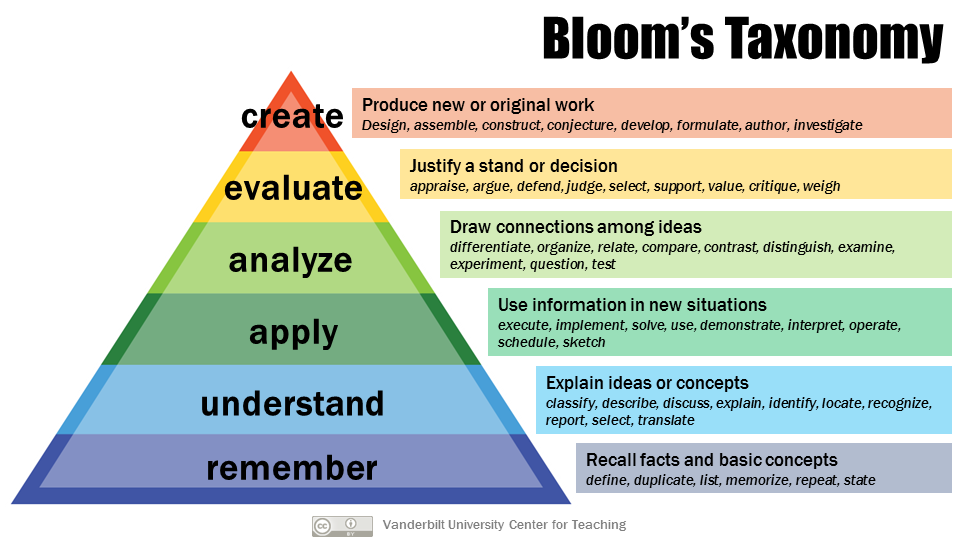| Edgeworks Product | 9 |
| Content Creation | 4 |
| SEM | 11 |
| Design | 11 |
| Instructional Design | 3 |
| Props | 218 |
| Alphabet Soup | 33 |
| Creative Collaboration | 1 |
| Website Ownership | 5 |
| Services | 5 |
| Client Website | 29 |
| Edgeworks Office | 18 |
| Marketing | 18 |
| AI Assisted Post | 1 |
| SEO | 10 |
| This Day in History | 1 |
| Branding | 1 |
| Book Review | 1 |
| Q&A | 3 |

After this spoonful of Alphabet Soup you will be able to impress your friends and family with an awareness of what ILO means.
And there you have it, folks. An ILO is an Intended Learning Outcome.
In the realm of Instructional Design we are often tasked with delivering specific topical knowledge to a learner, but ILO's are focused instead on describing from the learner perspective what they will have acquired and what they will be able to accomplish upon successful completion of the course of study. These are the outcomes of successful engagement with the material and they should be observable, measurable, and achievable. The instructor or instruction program should be able to assess whether the learner achieved a passing level of mastery.
You can use the following steps to help craft well-written ILOs:
Verbs to avoid when creating ILOs include "know about","learn about",and "understand". The focus of an ILO on the learner means that instead of "knowing about the Civil War" a student might "be able to describe the social and political environment leading to the outbreak of the Civil War". It is less focused on the content to be covered, and more focused on what the learner will achive. Coming from this perspective lets us also think of adaptive and individualized learning paths as the outcome does not necessarily dictate the content or the learners path through it.

Bloom’s Taxonomy was created by Benjamin Bloom in 1956. It was published as classification of learning outcomes and objectives and has become a cornerstone of education and training development. The original sequence of cognitive skills was Knowledge, Comprehension, Application, Analysis, Synthesis, and Evaluation. The framework was revised in 2001 with the removal of ‘Synthesis’ and the addition of ‘Creation’ as the highest-level of Bloom’s Taxonomy.
Bloom’s taxonomy is a powerful tool to help develop learning objectives because it explains the process of learning:
You can use Bloom’s taxonomy to identify verbs to describe student learning outcomes. Examples include:
There are some verbs best avoided when creating learning outcomes. These verbs are vague and often thye are not observable or measurable, which makes them poor choices for ILOs. Measuring whether someone has “become familiar with” a particular period in history is impossible. If you want students to “understand” something, then an ILO should use verbs that describe what the end result of that understanding can produce.